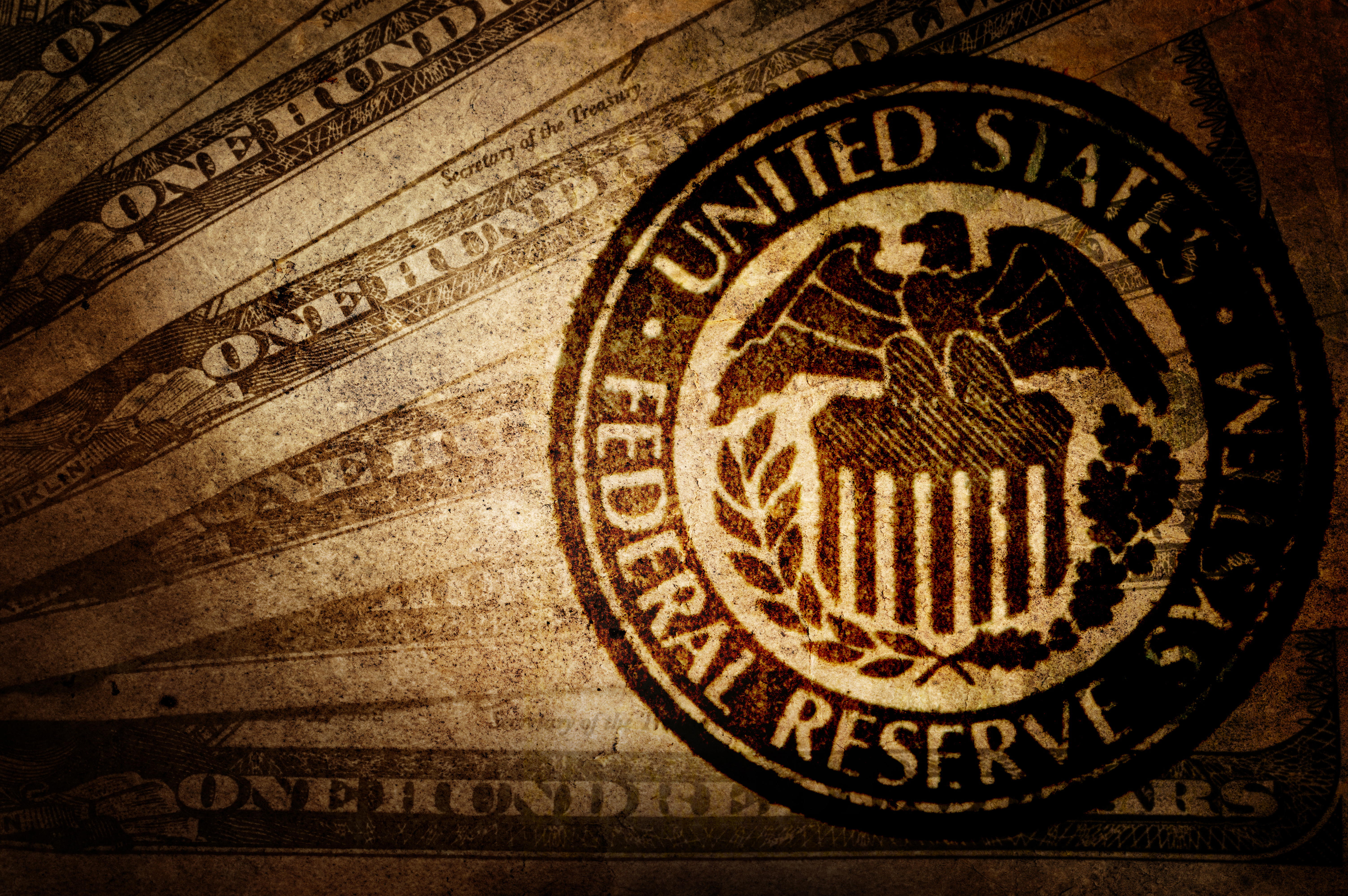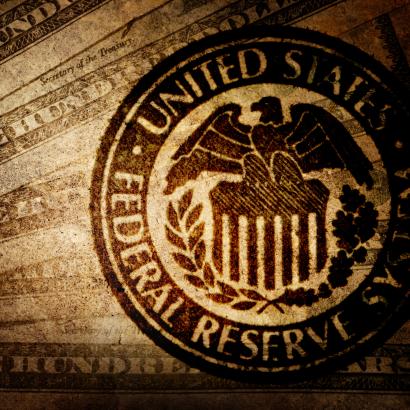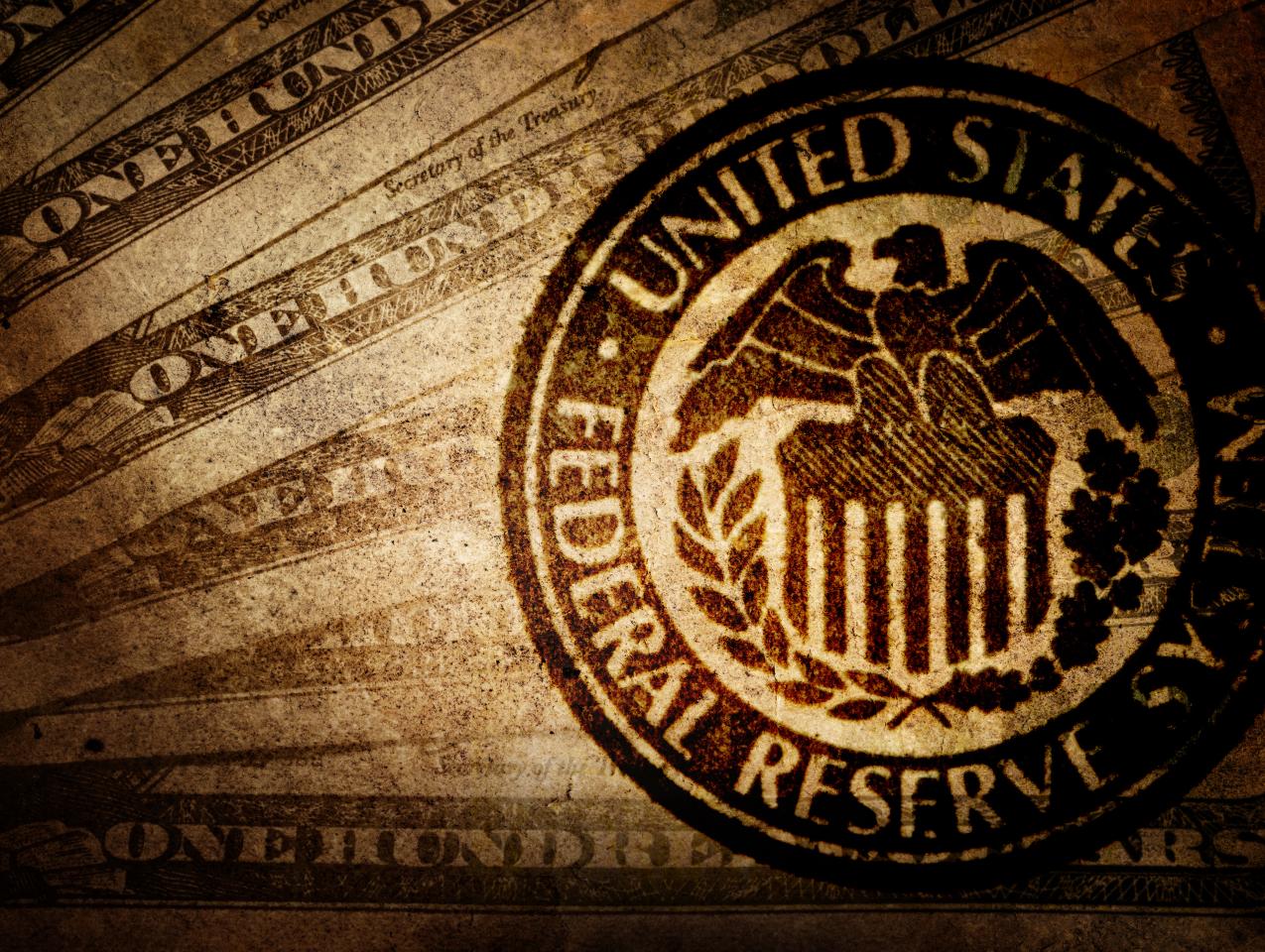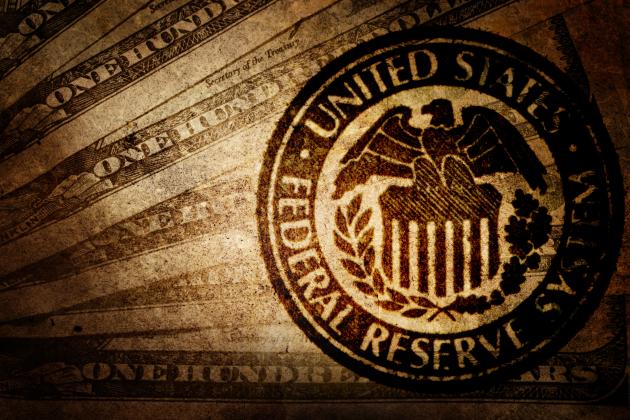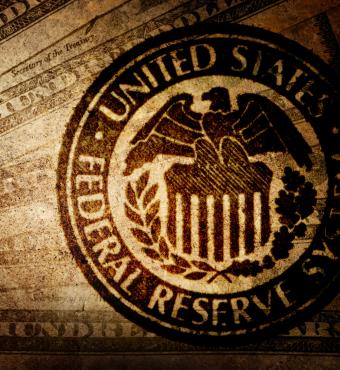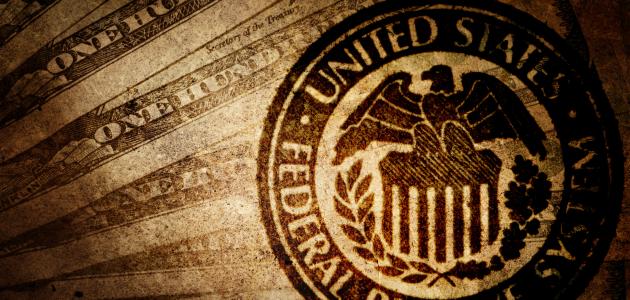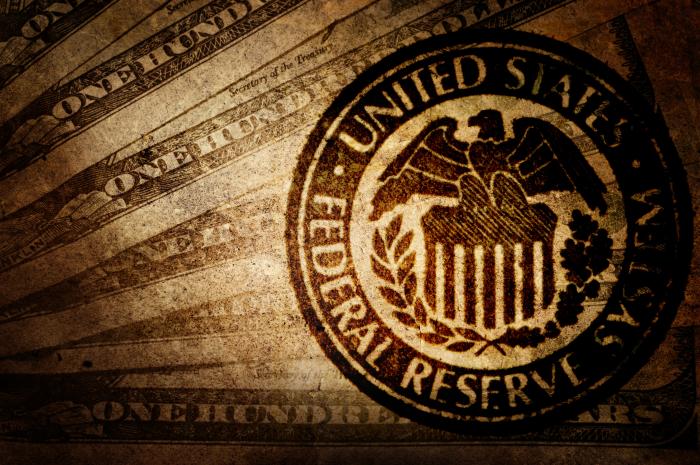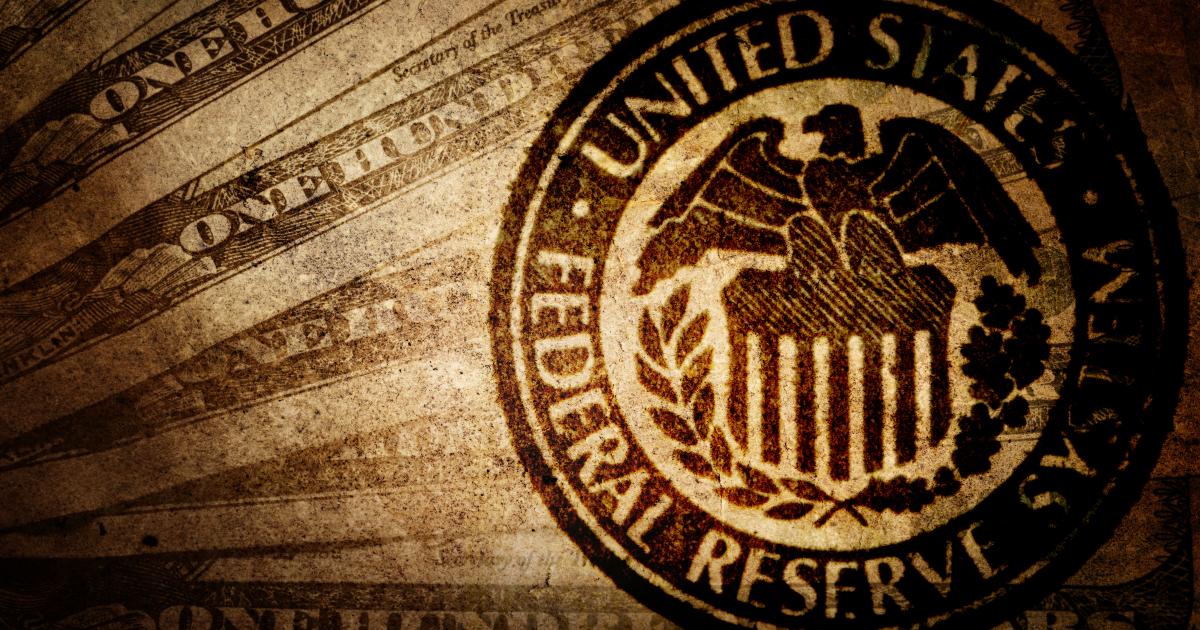Hope flickered last year when the economy grew at more than a 4% clip in the second and third quarters. But then came last week’s news that fourth-quarter growth slowed to 2.2%, a gloomy revelation that the rebound was temporary. Economic growth for 2014 clocked in at about 2.3%—the same disappointing pace since the recession officially ended in 2009. What is the problem?
For years I and many others have argued that a return to the principles of economic freedom would convert this not-so-great recovery into a great one. But Washington has not seriously considered pro-growth policy—no tax reform to lower tax rates and spur hiring, no regulatory reform to scale back costly regulations, no new free-trade agreements, no entitlement reform to stop the debt explosion, and at best only a hint at monetary normalization to reduce uncertainty.
One reason: There is growing skepticism that these tried and true policies will boost growth rates. It is too late now, pessimists say. The economy missed the 6% or 7% 1980s-style growth at the start of the recovery, and it is impossible to make it up. Or even more pessimistically, an incurable “secular stagnation” plagues the economy with permanently diminished rates of return on investment and ever-increasing income inequality. Why bother with difficult reforms if they won’t make much difference? At least we’re doing better than Europe.
But a sharp acceleration in growth is a real possibility in the U.S. if policy makers take the necessary steps. Rapid growth following a recession usually occurs as people return to the labor force and productivity accelerates, boosted by higher investment. Labor-force participation—the percentage of the population that is looking for work or employed—is now lower than at the end of the recession. There is a lot of room to grow. And the growth of productivity—the amount of goods and services produced per worker-hour—has hovered around 1% for the past five years, less than half the nearly 2.5% average of the previous 20 years. There is room for acceleration there, too.
As a matter of arithmetic, the growth of the economy equals employment growth plus productivity growth. Simply reversing the decline in the labor-force participation rate—it fell every year of the so-called recovery, to 62.9% in 2014 from 66% in 2008—would cause a 5% increase in employment, or 1% growth for five years. Adding about 1% for population growth from Census projections equals employment growth of 2% a year. The percentage of the working-age population that is working would thereby finally exceed 2009 levels, and the U.S. would begin seeing promising changes.
Some argue that the recent decline in labor-force participation is simply due to the baby-boom generation retiring, but the decline is larger for teenagers and young adults and has even increased for those 65 years of age and older. Were it not for the unusual drop in the labor force, the unemployment rate would be three percentage points higher, according to work by economists Chris Erceg of the Federal Reserve Board and Andrew Levin of the International Monetary Fund. They found in an October study that the slow recovery accounts for the “bulk of the recent decline in the labor-force participation rate.” Faster growth, they argue, would reverse the decline.
The same rebound possibilities pertain to productivity growth, which history suggests could return to 2.5%. The IT revolution, which Harvard economist Dale Jorgenson and his colleagues show has been key to productivity growth in the past, is not over—as is clear to anyone observing the innovation coming out of Silicon Valley and elsewhere.
With 2.5% productivity growth added to 2% employment growth, economic growth would be 4.5%. That is far above the forecasts of most economists who have written off the pro-growth policies suggested here. This growth rate could be sustained for several catch-up years before leveling out to a 3% longer run growth path.
The U.S. economy is not a turtle, but a caged eagle ready to soar if released from the captivity of bad government policy. By putting the right policies in place—particularly personal and business tax reform with marginal rate cuts—the U.S. can turn the economy around quickly.







